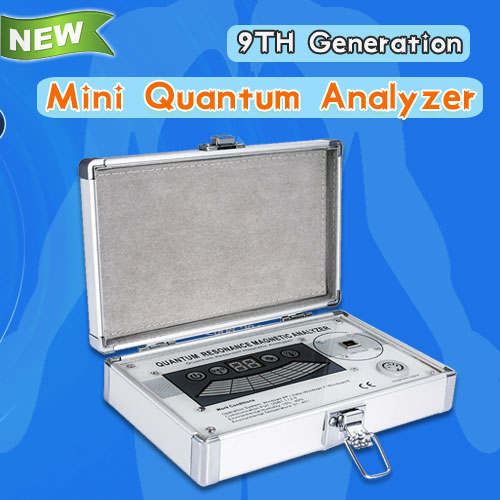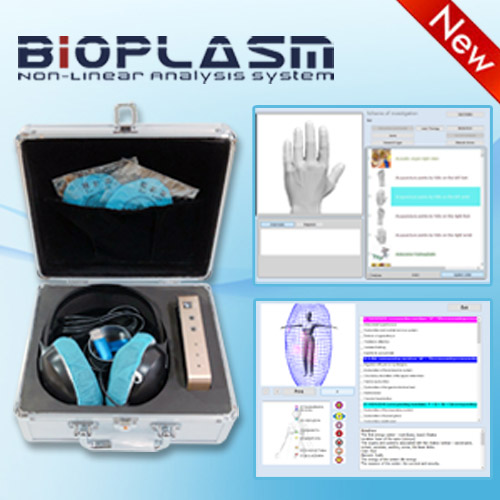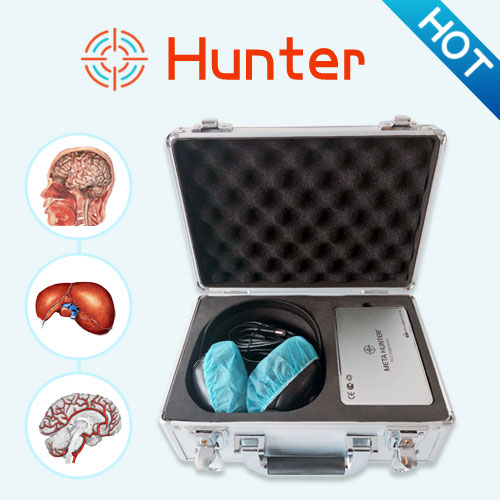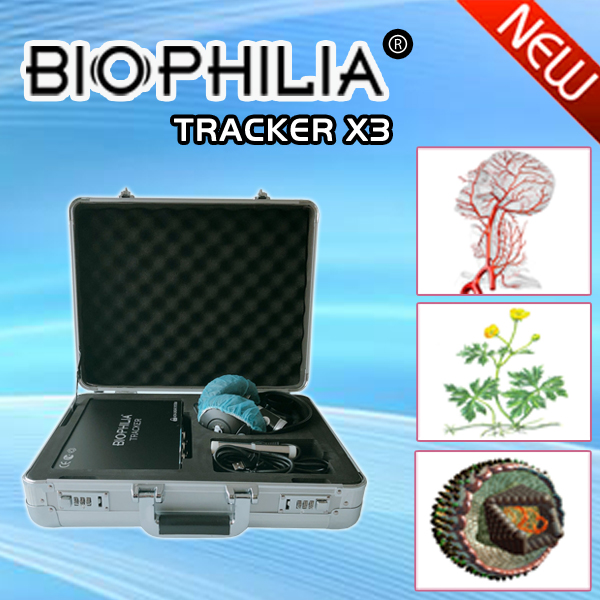3D NLS Diagnostics And DILD
Among different kinds of lungs disorders special attention has been paid over the last years to diffuse infiltrative lung diseases (DILD), which is largely accounted or by some problems in their timely diagnostics and treatments.
The computer nonlinear diagnostics (3d nls) is one of the promising methods of diagnosing lung disease of today. NLS appreciably improves the communication of the fine morphological elements in the lungs tissue and opens up new opportunity for recognizing interstitial discases of the broncholveolar system. NLS has a high sensitivity in detecting fine intestinal lesions of the parenchyma and small nodules.
The result of investigations prove that NLS has a better sensitivity in detecting both acute and chronic diffuse lung diseases. The sensitivity of NLS diagnosis in detecting lung disease make 85% as compared to 79% in chest radiography.
The accumulated experience too, give additional grounds to assert that NLS is a highly efficient method for diagnosing a wide range of various diffuse lung diseases, DILD included, and excels the classic: chest radiography by sensitivity.
It should be noted that the high sensitivity of the NLS-method is achieved without sacrificing the specific and diagnostic accuracy of the method. In patients affected by DILD the NLS specificity amounted to 86% as opposed to 76% in radiography. In particular, the high sensitivity (87088%) and specificity (83-89%) of NLS were demonstrated in bronchiectasia diagnostic.
Due to its high sensitivity, 3d nls health analyzer should be used to define lung diseases in patients with a normal or obscure aspect of disease who have a pulmonary disturbance or symptoms that suggest acute or chronic diffuse lung disease.
This article is provide from [Metatron 4025 hunter],please indicate the source address reprinted:http://www.healthycarer.com/news/nls-knowledge/1270.html






